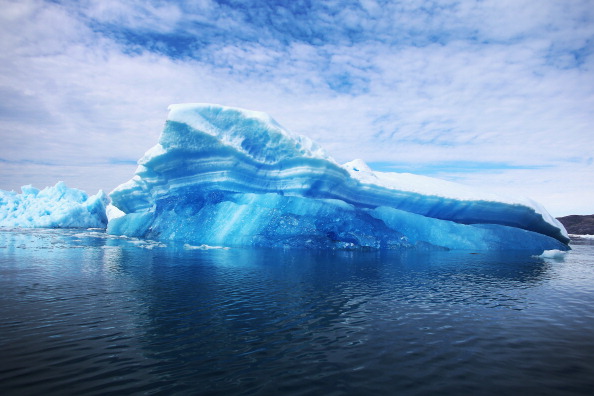The damage already done will take its toll
US Department of Energy (DOE), like energy bureaucracies elsewhere, prefers to avoid unpleasant subjects whenever possible. But occasionally, the bad news cannot be avoided.
A report released by the DOE in July 2013 warns that the nation’s entire energy system is vulnerable to increasingly severe and costly weather events driven by climate change. It said that blackouts and other energy disruptions of Superstorm Sandy were just a foretaste of what can be expected. Moreover, the country’s energy infrastructure – transmission lines, oil wells, hydroelectric dams, nuclear power plants, waterways, you name it – will be stressed in coming years by more intense storms, rising seas, higher temperatures and more frequent and prolonged droughts.
“We don’t have a robust energy system, and the costs are significant,” according to Jonathan Pershing, the Deputy Assistant Secretary of Energy for Climate Change Policy and Technology. “The cost today is measured in the billions. Over the coming decades, it will be in the trillions. You can’t just put your head in the sand anymore.” Unusually blunt language, highly unusual for the DOE.
The effects are already being felt, the report says. Thermal power plants, for example, are shutting down or reducing output because of a shortage of cooling water. The study notes that 2012 was the hottest year on record in the contiguous US and last July was the hottest month since record keeping in the US began in 1895.
Rising temperatures in the arid Western part of the US will increase demand for air conditioning, while more frequent droughts will affect wide areas of the Midwest and the South. The Argonne National Laboratory figures that air conditioning demand in the West will require 34 GW of new capacity by 2050 costing consumers an extra $40 billion.
DOE’s report notes that much of the climate disruption is already in the system from 150 years of rising levels of CO2 in the atmosphere. Clearly, steps must be taken to reduce future greenhouse gas emissions, but the impact of these efforts would not be felt for years. In the meantime, the US – and everyone else – must take steps to deal with a warmer climate, something the scientists have been saying for some time.
President Obama acknowledged these issues in his speech on climate change at Georgetown University on 25 June 2013. He said Hurricane Sandy, which devastated the Northeast of the US in October 2012, was a wake-up call, if one was needed. Unfortunately, the wakeup call is not being heeded in Washington or other world capitals.

